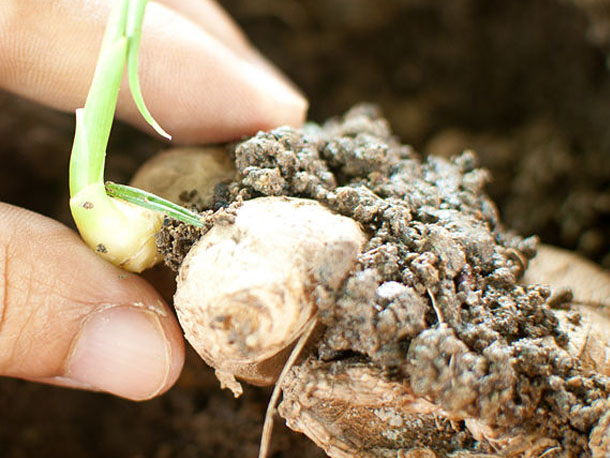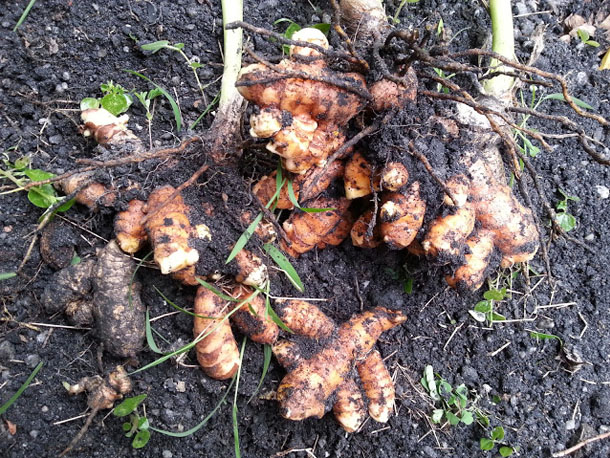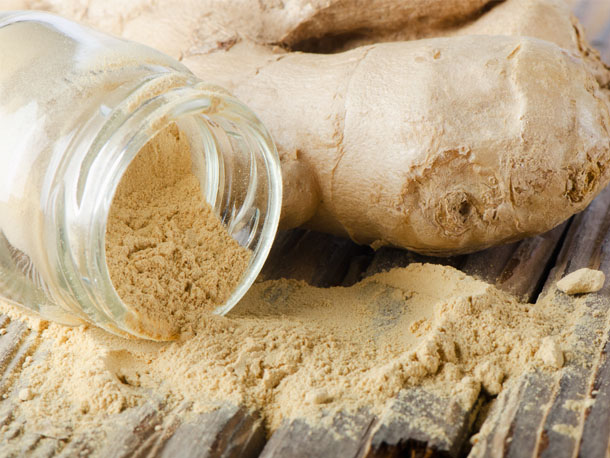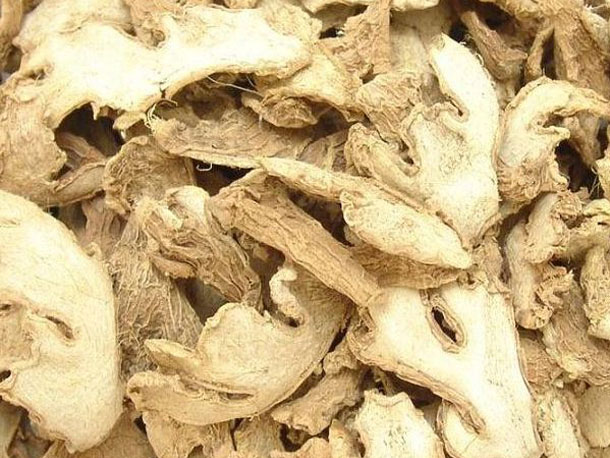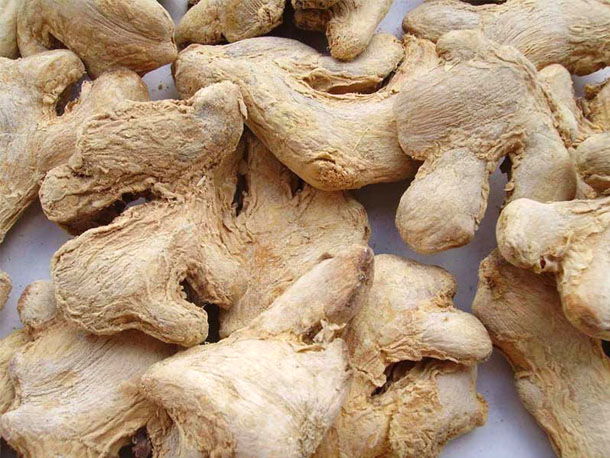Lack of offers helps maintain firm trend in Chinese ginger
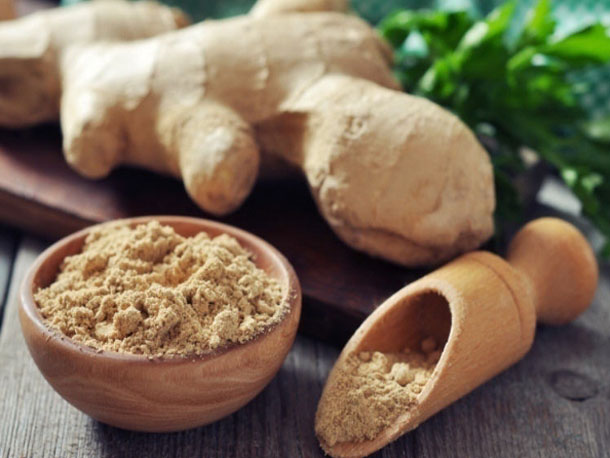
Chinese dried ginger prices have held firm due to reduced availability following strong demand for the fresh material from the latest crop.
The continued high prices for the dried ginger have ensured that global buyers remain reluctant to cover in significant volumes from China. At the same time there has been a severe lack of offers from the origin.
Shortages from China have also helped generate demand in Thai dried ginger and consequently upturns in these prices.
A spokesman at leading Hong Kong-based exporter Orient Resources Company said whole Chinese dried ginger with high levels of sulphur dioxide (SO2) and therefore not suitable for EU markets was commanding prices of USD3,500-4,000 per tonne c&f Middle East. Low SO2 ginger was likely to be about USD700-1,000/tonne higher priced, he said.
European traders’ quotes had Chinese whole dried ginger as holding levels of USD4,200/tonne cif northwest Europe in the week ending March 7. Indian Cochin ginger was listed at USD3,500/tonne cif and Nigerian split at USD1,800/tonne cif.
Richard van Helden of Dutch trader QFN Trading & Agency said Thailand was virtually sold out of its dehydrated ginger. “We see prices moving up fast from levels of USD3.50 (per kilo) a few months ago to now reaching USD4.00. The availability is very limited,” he said.
In recent months Thai suppliers had experienced an unexpected upturn in demand from a number of global destinations, driven in part by the shortfalls in Chinese supplies, van Helden explained.
The Orient Resources spokesman observed that Chinese dried ginger prices were too high compared with those from other origins so these levels must decline. However, any easing in Chinese quotes was unlikely to be rapid as harvesting was over in the Asian country and there would be no further supply pressure until August.
Moreover, the production of dried ginger in south China – which has high SO2 levels – was less than half of last year’s output because demand for the fresh ginger had been so high. The price for the fresh ginger was high and dehydrators were not prepared to take more risks.
The spokesman admitted that he had no information on the production of the low SO2 ginger from Shandong in north China.
Suppliers had indicated that prices of fresh ginger were up by 60% so far in 2014.
Traders nervous
One UK trader said he was finding a severe lack of offers from China. “The traders there are a bit nervous and they’re waiting for the fresh ginger market to settle down,” he added.
A second UK trader observed that it was a regular pattern to see China reporting shortages of dried material arising from earlier high demand for the fresh ginger. He suggested that there could be an element of China opting to take this approach each season – particularly in the early stages – until it had a clearer picture of how much of the fresh ginger it was going to use. If the financial gains from selling the fresh remained favourable on continued demand then China was likely to divert most of its attention on this side, he felt.
The first UK trader recalled that last year he had found it very difficult to obtain Chinese dried ginger with low SO2 levels so he had failed to generate much business in the Chinese material. More stringent food labelling requirements had compounded the challenges, he noted.
“Ideally, they’re looking for it to be less than 10 parts per billion (ppb) on the SO2,” the trader explained. “Most manufacturers on their spec, that we sell to, want it at less than 50 (ppb) and most of the Chinese suppliers are talking between 100 and 150 (ppb). The other problem as well is that the Chinese do their measurements by one method and then the food manufacturers here use a different method and from the same parcel – OK, the sample will be different – you are getting different results. That can be a bit of a headache for someone like us which is buying it in good faith from China.”
One Rotterdam trader said: “Demand is a little bit slower because of the high prices. On some occasions people are deciding to buy from alternative origins, such as India and Nigeria.”
He noted that India’s dried ginger prices had also increased significantly due to a smaller crop, but this origin was still some USD500-600 lower priced than China. “In that respect they are competitive but not everybody can use it in Europe,” he added.
The Rotterdam trader explained that he had seen Indian whole dried ginger at USD3,600/tonne c&f main European ports.
He added: “I can imagine that in the next two to three months also the price of Nigerian ginger is going to increase because its crop is over and most quantities have already been contracted. Since the price difference is quite big the prices of Nigerian ginger could also increase by a few hundred dollars.”

